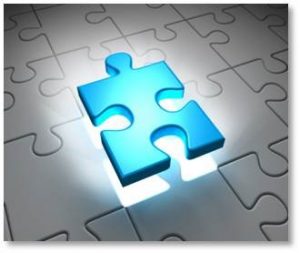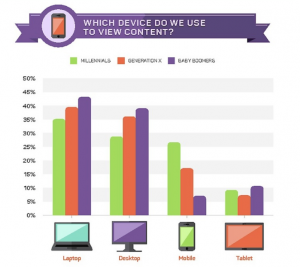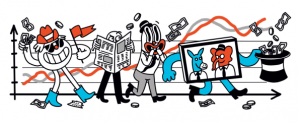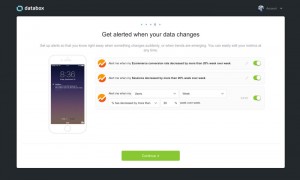— January 18, 2019

The other day, I gave a leader feedback about how to develop one of his team members, prepared for a coaching session with a different executive, and sat in on a leadership team meeting with a third. These three interactions, with three very different people, sounded a recurring theme: When we rely too much on our historical strengths and patterns, we sometimes avoid the new work we need to do and wind up impeding our continuing success.
Even good, solid beliefs and performance can trip us up. Here are some examples:
- A leader who calmly protects her people in the face of disruption has real grit and the tenacity to see things through, but may not question or challenge the current path even though she could get a better result if she did.
- A leader who cares so deeply about the integrity of the work and the authenticity of employee relationships that he neglects the procedural aspects of business process issues that would actually improve the quality of the work itself.
- A leader who works hard to engage all his team members, considers employees’ satisfaction and needs, but is so sensitive to their individual reactions that he’s not clear or definitive enough for them to execute accurately.
First, Identify Your Patterns…
It’s so hard for us to give up the behaviors we believe have worked well for us in the past, Marshall Goldsmith explains in his book What Got You Here Won’t Get You There, that we should stop writing “To-Do” lists and start writing “To-Stop” lists instead.
So how can you recognize when you’re getting in your own way, and shift to approaches that generate better results? How can you decide what to put on your To-Stop list – and how can you make sure you actually cut out those unsuccessful behaviors, or at least behave less automatically?
Start by talking to yourself kindly but with a sense of detachment about what’s going on. Next, conduct an “internal review” of yourself, or ask a colleague or friend to help you do it. That doesn’t mean finding someone to be an accountability partner or play drill sergeant to your sloppy recruit. It’s about paying attention and noticing where you’re not getting the results you say you want, or when your own behavior is contributing to your lack of success.
Now Break Them!
Once you’ve finished your review, use these two thought exercises to get yourself off the dime and onto a better path:
- Let opposites attract. Imagine what would happen if you behaved the opposite of how you usually behave, if you did the reverse of your norm. What if you were freewheeling instead of disciplined and dogged? Or if you were diligent and task-focused, rather than blue-skying and open to all inputs and opinions? More demanding of your team instead of purposefully empathetic — or the reverse? What new opportunities might present themselves? Which problems might diminish? How much surprising relief might you feel?
- Visualize a more ideal future. Imagine what your behavior would be like if it was the kind of behavior that would generate more desirable results than the ones you’re getting now. How would you feel? And what if you didn’t change at all, but could rely on someone — say, an employee, a colleague, or a friend — who has complementary strengths to back you up, repair damage, or see and understand the things you don’t? Which of these outcomes is more realistic? What practical steps could you take to get closer to achieving either of them?
It can be tough to hypothesize about how you could do things differently from what comes naturally, and even tougher to contemplate truly changing. You may actually have to think about someone else who has strengths that are very different from yours — and how they would use those strengths in your situation —before you can see what really needs to change in you.
It’s counterintuitive and definitely uncomfortable, but by breaking your automatic patterns of past responses, you can be more thoughtful about how to respond now – as well as how to develop a more complete toolkit for your future responses. Amazingly, this may lead to building completely new strengths. Win-win!
Business & Finance Articles on Business 2 Community
(52)










